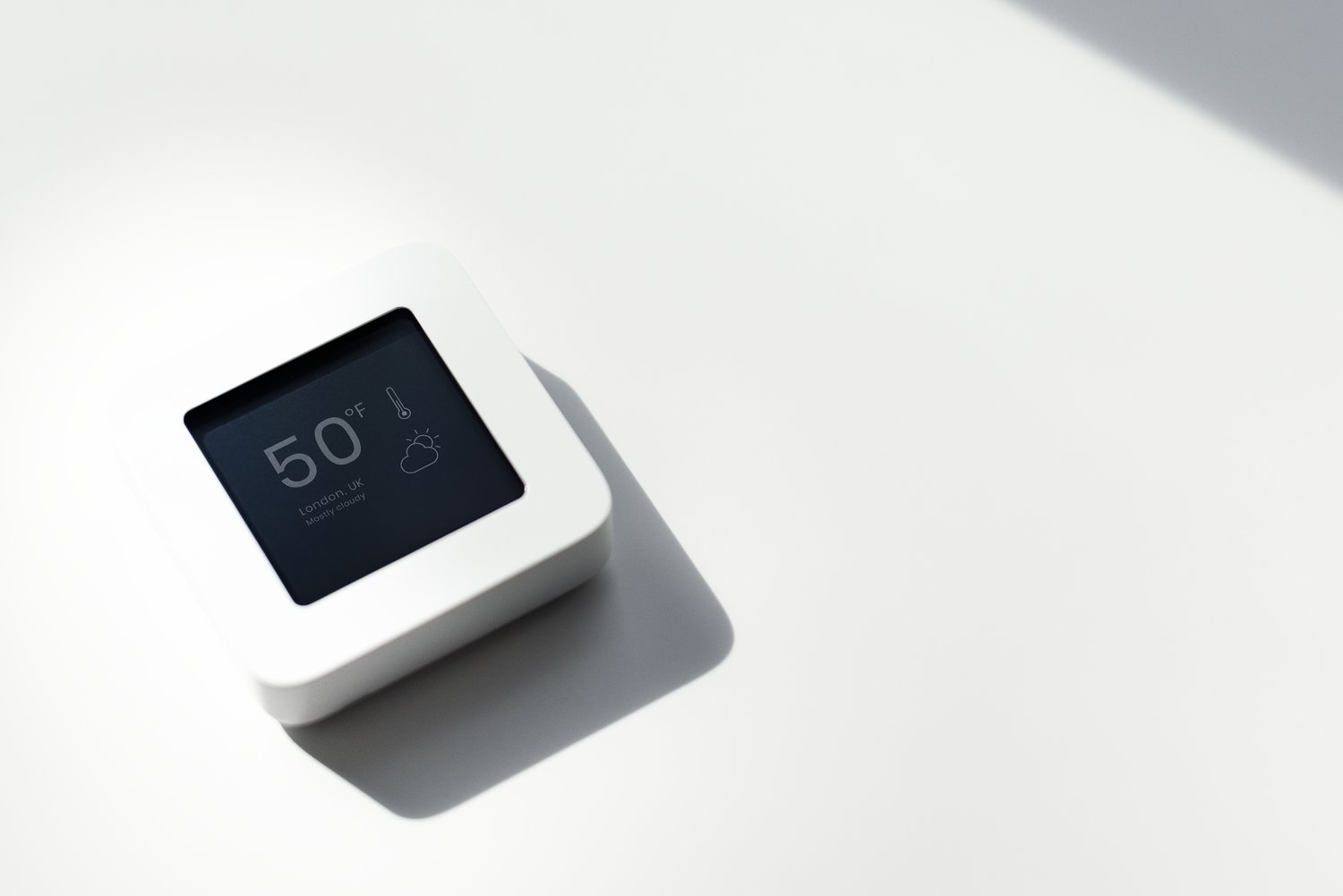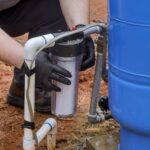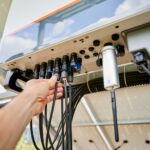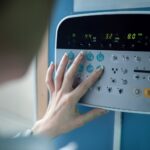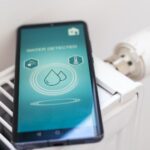Your home’s comfort is heavily reliant on the precise functioning of your smart thermostat, but what happens when its temperature readings seem off? Many homeowners face this issue, leading to inefficiencies and discomfort. Understanding and rectifying these inaccuracies is crucial not just for maintaining an ideal indoor climate but also for optimizing energy efficiency in your home.
- Discover the primary factors that might be causing your smart thermostat’s temperature readings to err, including environmental and hardware-related issues.
- Understand the significant role sensor calibration plays in temperature accuracy and how misalignment could lead to reading discrepancies.
- Follow a step-by-step guide to recalibrate your thermostat’s sensors and adjust settings to fix inaccurate temperature readings, ensuring your system operates efficiently.
By delving into the intricacies of thermostat calibration issues and their solutions, you’ll be better equipped to manage your home’s heating system effectively, enhancing comfort and energy use. Dive deeper into this article to uncover actionable strategies for maintaining peak thermostat performance.
Understanding Inaccuracies in Smart Thermostat Temperature Readings
Smart thermostats are designed to offer precise control over your home’s temperature, enhancing comfort and energy efficiency. However, there are instances when they might not display accurate temperature readings. Understanding these inaccuracies is crucial for resolving the issue effectively.
One of the primary reasons for inaccurate temperature readings is environmental influences. Things like direct sunlight or drafts can significantly affect how your thermostat measures temperature. If your thermostat is placed in a location where it is subject to sunlight, it might record a higher temperature than the actual room temperature. Similarly, drafts from windows or doors can lead to incorrect readings, causing your HVAC system to work harder than necessary.
Hardware malfunctions can also lead to inaccuracies. Over time, internal components such as temperature sensors can wear out or become faulty, leading to unreliable readings. Additionally, dust accumulation within the device might hinder the sensor’s ability to accurately gauge temperature. Regular maintenance is vital to ensure that your thermostat functions correctly.
Another factor to consider is interference from other electronic devices. If your smart thermostat is near electronics like televisions or computers, the heat generated can cause it to display incorrect temperatures. By considering and mitigating these environmental and hardware issues, you can ensure that your smart thermostat provides accurate readings, allowing for efficient energy management in your home.
How Sensor Calibration Impacts Temperature Accuracy
Sensor calibration plays a pivotal role in maintaining the accuracy of a smart thermostat’s temperature readings. Proper calibration ensures that the thermostat can accurately measure the room temperature and manage your heating and cooling systems effectively.
Miscalibration of sensors can result in significant discrepancies. For example, if the sensor is off by just a few degrees, it can lead to your HVAC system being activated unnecessarily, resulting in increased energy consumption and higher utility bills. Inaccurate sensor calibration can make it difficult to achieve the desired comfort level in your home.
Regular calibration of your thermostat’s sensors is, therefore, essential. Many modern smart thermostats come with built-in calibration features that allow you to adjust the sensor settings systematically. Some models even offer auto-calibration, where the device learns from the environment and adjusts the sensor’s accuracy automatically.
By ensuring that your smart thermostat’s sensors are correctly calibrated, you are not only optimizing temperature accuracy but also enhancing energy efficiency and the longevity of your HVAC systems. Regularly checking and calibrating your sensors is a proactive approach to maintaining a well-functioning home environment.
Steps to Fix Your Smart Thermostat: Sensor Calibration and Settings Adjustment
Achieving accurate temperature control with your smart thermostat is essential for maintaining energy efficiency and home comfort. If you’ve noticed temperature inaccuracies, recalibrating your thermostat’s sensors and adjusting its settings can make a significant difference. Here’s a detailed guide to help you through the process:
1. Identify the Source of Inaccuracy
Before diving into calibration, it’s crucial to understand the root cause of the temperature mismatch. Check for potential external influences like direct sunlight, drafts, or nearby electronics that could impact readings. Ensuring your thermostat is mounted in an appropriate location can prevent incorrect temperature assessments.
2. Access the Thermostat Menu
Most smart thermostats come with a user-friendly interface. Start by accessing the thermostat’s main menu. Depending on the brand and model, this might be through a touchscreen, dial, or via a companion app. Refer to your user manual for specific instructions.
3. Navigate to Sensor Calibration Settings
Within the menu, find the sensor calibration settings. This section allows you to adjust how the thermostat interprets ambient temperatures. Usually, the option is labeled as “temperature offset” or “calibration settings.”
4. Adjust the Calibration
Here is where you can recalibrate the thermostat. Adjust the temperature reading by small increments, either up or down, until it matches an accurate thermometer reading from the same room. It’s often recommended to compare readings with a reliable digital thermometer for accuracy.
5. Confirm and Save Changes
Once you have adjusted the settings, confirm and save the changes. Some thermostats require a restart to apply modifications effectively. Follow any on-screen prompts to ensure your configurations are properly saved.
6. Test the Adjustments
After saving your changes, monitor the thermostat over the next few hours to confirm consistent accuracy. It’s beneficial to periodically recheck the calibration to account for any ongoing environmental changes.
By following these steps to recalibrate and adjust your smart thermostat, you can effectively resolve temperature inaccuracies. This not only enhances comfort but also optimizes the energy efficiency of your heating system. Regular maintenance and calibration are key to prolonging the life of your thermostat.
Smart Thermostat Calibration FAQ
Why is my smart thermostat’s temperature reading off?
Inaccuracies might be due to environmental factors or a malfunctioning sensor.
How can I recalibrate my thermostat’s sensor?
Check the device manual for specific calibration instructions, often accessible via your thermostat’s settings menu.
What causes sensor miscalibration?
Improper installation or prolonged exposure to incorrect environmental conditions can lead to miscalibration.
How often should I check my thermostat settings?
Regular checks every few months ensure optimal performance and energy efficiency.
Can smart thermostats adjust automatically?
Many smart thermostats can auto-adjust based on your preferences and environmental changes when set correctly.

